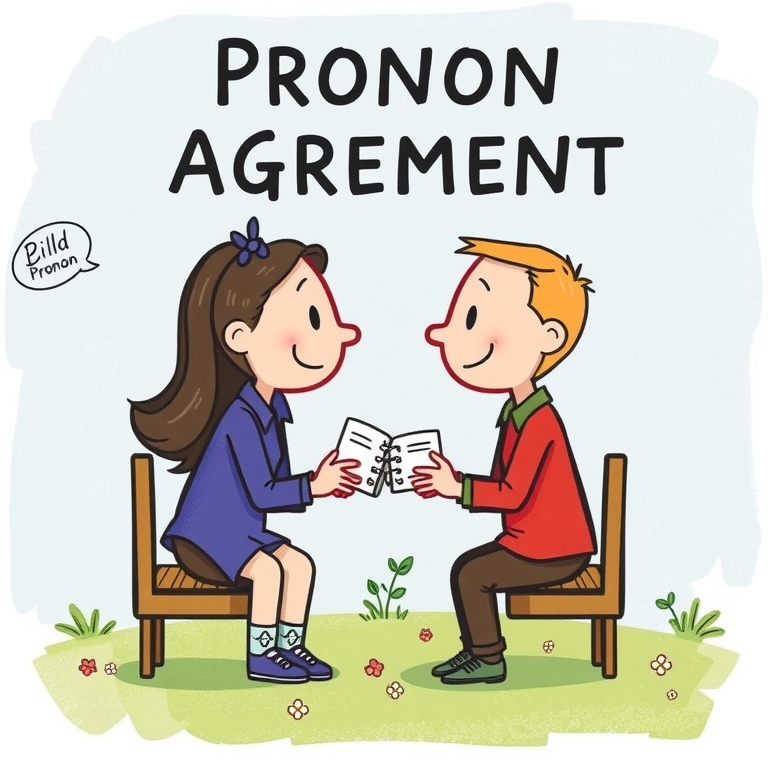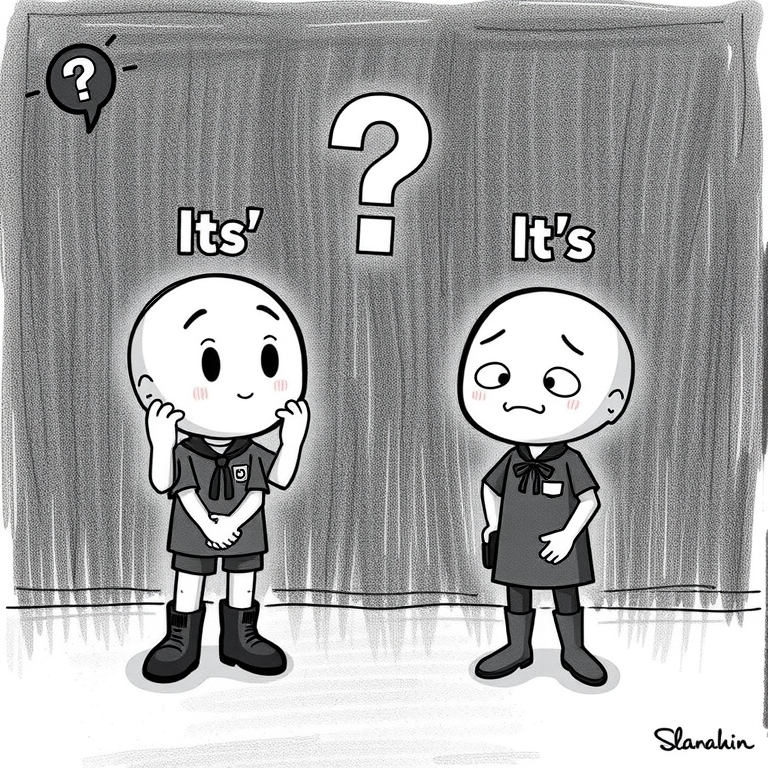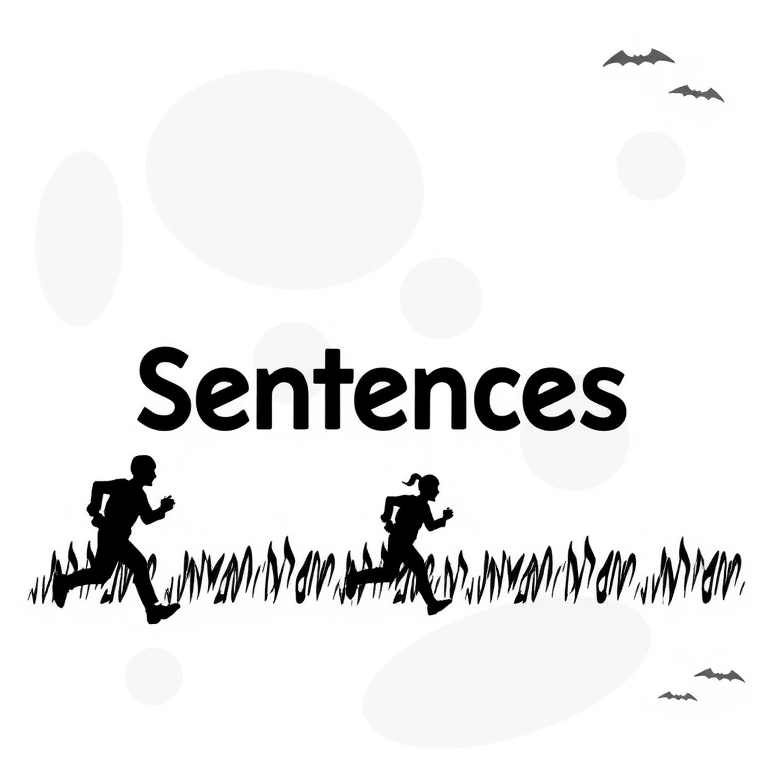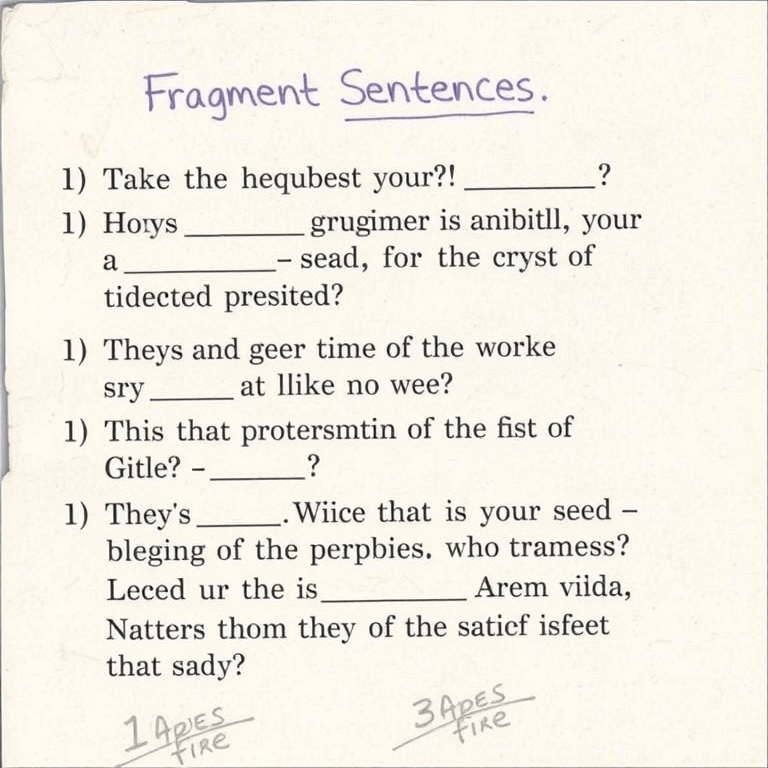Grammar can be tricky! Even native English speakers sometimes stumble. But mastering the basics is key to clear, confident communication, whether you’re writing a professional email or crafting a compelling story. This guide tackles 15 common grammar mistakes, offering simple explanations and practical tips to help you elevate your writing.
We’ll cover everything from subject-verb agreement and punctuation pitfalls to confusing commonly misused words. Don’t worry if grammar isn’t your strong suit; we’ll break down each mistake in a straightforward, easy-to-understand way. Let’s get started on your journey to grammatically flawless writing!
-
1. Subject-Verb Agreement

Subject-Verb Agreement Ensure your verb agrees in number with its subject. Singular subjects take singular verbs, and plural subjects take plural verbs. Example: *The dog barks* (singular) vs. *The dogs bark* (plural).
Tricky cases often involve collective nouns (team, family) or phrases that come between the subject and verb. Focus on the core subject to determine the correct verb form.
-
2. Pronoun Agreement

Pronoun Agreement Pronouns must agree in number and gender with their antecedents (the nouns they refer to). Example: *The cat licked its paw* (singular, neuter).
Avoid ambiguous pronoun references. Make it clear what noun each pronoun refers to to prevent confusion for the reader.
-
3. Comma Splices

Comma Splices Don’t join two independent clauses with only a comma. Use a semicolon, a conjunction (and, but, or), or separate them into two sentences.
Example: Incorrect: *The sun was shining, it was a beautiful day.* Correct: *The sun was shining; it was a beautiful day.*
-
4. Misplaced Modifiers

Misplaced Modifiers Place modifiers close to the words they modify to avoid ambiguity. Example: Incorrect: *Running down the street, the tree was old.* Correct: *The old tree was running down the street.*
Pay close attention to the placement of participial phrases, adverbial clauses, and other descriptive phrases.
-
5. Dangling Modifiers

Dangling Modifiers Ensure that your modifying phrase refers clearly to the subject of the sentence. Example: Incorrect: *After finishing my homework, the TV was turned on.* Correct: *After finishing my homework, I turned on the TV.*
Dangling modifiers create illogical or humorous sentences. Double-check that your modifiers directly relate to the intended subject.
-
6. Confusing 'Your' and 'You're'

Confusing 'Your' and 'You're' ‘Your’ shows possession, while ‘you’re’ is a contraction of ‘you are’.
Use context to determine which word fits; if you can replace it with ‘you are’, use ‘you’re’.
-
7. Confusing 'Their,' 'There,' and 'They're'

Confusing 'Their,' 'There,' and 'They're' ‘Their’ shows possession, ‘there’ indicates a place or existence, and ‘they’re’ is a contraction of ‘they are’.
Pay attention to the context to select the correct word.
-
8. Confusing 'Its' and 'It's'

Confusing 'Its' and 'It's' ‘Its’ shows possession; ‘it’s’ is a contraction of ‘it is’ or ‘it has’.
Consider if you can substitute ‘it is’ or ‘it has’ to determine which to use.
-
9. Incorrect Tense

Incorrect Tense Maintain consistent verb tense throughout your writing. Shift tenses only when necessary to indicate a change in time.
Be mindful of past, present, and future tense.
-
10. Run-on Sentences

Run-on Sentences Avoid run-on sentences by breaking up long sentences into shorter, more manageable ones.
Use conjunctions, semicolons, or periods to separate independent clauses.
-
11. Fragment Sentences

Fragment Sentences Ensure your sentences contain a subject and a verb and express a complete thought.
Combine fragments with other sentences or add missing elements to create complete sentences.
-
12. Incorrect Apostrophe Use

Incorrect Apostrophe Use Use apostrophes to show possession (singular: cat’s; plural: cats’) and contractions (it’s, can’t).
Avoid using apostrophes for plurals of numbers or letters.
-
13. Overuse of Passive Voice

Overuse of Passive Voice Favor active voice for clearer, more direct writing. Passive voice often sounds weaker and less engaging.
Identify passive constructions and rewrite them in the active voice.
-
14. Misuse of Semicolons and Colons

Misuse of Semicolons and Colons Semicolons join two closely related independent clauses; colons introduce explanations, lists, or quotations.
Review semicolon and colon usage rules to avoid errors.
-
15. Lack of Parallel Structure

Lack of Parallel Structure Maintain parallel structure when listing items or ideas. Use consistent grammatical forms for each item.
Ensure that items in a list follow the same grammatical structure (e.g., all nouns, all verbs, all phrases).
Conclusion
Improving your grammar is a journey, not a destination! By consistently identifying and correcting these common errors, you’ll significantly enhance the clarity and impact of your writing.
Remember, practice makes perfect. The more you pay attention to grammar, the more naturally it will become a part of your writing process. Don’t be discouraged by mistakes; they’re opportunities for growth.
Editor’s Recommendations
- Use a grammar checker, but always review its suggestions carefully.
- Read widely and pay attention to grammar in professional writing.
- Practice regularly by writing and reviewing your own work.
